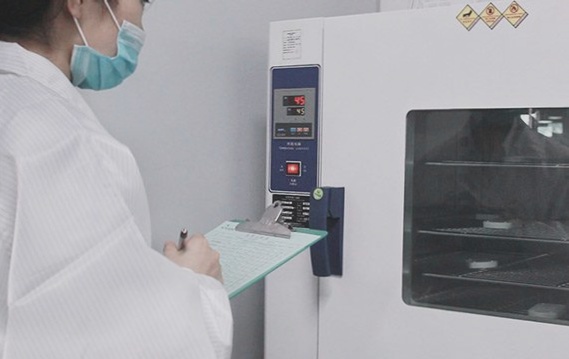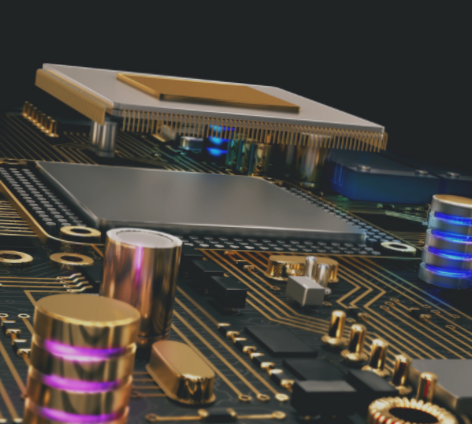The assembly of electronic products presents significant challenges to production and operation scheduling due to the large number and variety of components, as well as the short life cycle of electronic products. The mainstream production mode in electronic manufacturing now involves multiple varieties, small batches, and variable batches. In this mode, the time spent switching between multiple varieties has become a significant portion of the overall assembly time.
The PCB assembly line consists of a high-speed placement machine and a multi-functional placement machine, along with equipment such as board feeders, screen printers, glue dispensers, reflow soldering and curing ovens, and board unwinders. These pieces of equipment are connected in a series to form a PCB assembly line. While these auxiliary equipment are crucial to the assembly line, they do not represent the bottleneck process and are therefore omitted during modeling. Each placement machine can hold up to 20 feeding slots, with each component taking up one slot. Usually, the number of component types needed for a single-variety PCB does not exceed the feeder’s capacity. However, for multi-variety PCBs, the total number of component types typically exceeds the feeder’s capacity.
During the placement process, components required for different PCB types are placed on these feeding troughs. The pick-and-place device then removes the components from the troughs and mounts them onto designated positions on the PCB. Survey data from empirical research has shown that a high-speed placement machine takes an average of 0.06 seconds to mount a component, while the average time to switch a feeding slot is 180 seconds. The multi-functional placement machine has two workbenches, but only one is operational. The other is reserved for placing large or special-shaped components. Each workbench can hold 10 feeding troughs, with an average component placement time of 0.18 seconds and an average feeder switch time of 220 seconds. When switching between PCB types, the placement machine requires a preparation switching time, typically six times longer than the time to switch a component feeding slot, equating to 1200 seconds. Clearly, switching time is a crucial factor in the electronic product assembly process.
In a multi-variety, small-batch environment, PCBs are often grouped based on similar characteristics to minimize the need for feeder changes and switching times during assembly. However, when a feeder must be replaced between two sets of PCBs, the switching time between them must be considered. As such, the PCB production scheduling problem is divided into two levels: board-level scheduling to determine the production order among PCBs within a group, and group-level scheduling to determine production sequences between PCB groups.
The PCB assembly line consists of a high-speed placement machine and a multi-functional placement machine, along with equipment such as board feeders, screen printers, glue dispensers, reflow soldering and curing ovens, and board unwinders. These pieces of equipment are connected in a series to form a PCB assembly line. While these auxiliary equipment are crucial to the assembly line, they do not represent the bottleneck process and are therefore omitted during modeling. Each placement machine can hold up to 20 feeding slots, with each component taking up one slot. Usually, the number of component types needed for a single-variety PCB does not exceed the feeder’s capacity. However, for multi-variety PCBs, the total number of component types typically exceeds the feeder’s capacity.
During the placement process, components required for different PCB types are placed on these feeding troughs. The pick-and-place device then removes the components from the troughs and mounts them onto designated positions on the PCB. Survey data from empirical research has shown that a high-speed placement machine takes an average of 0.06 seconds to mount a component, while the average time to switch a feeding slot is 180 seconds. The multi-functional placement machine has two workbenches, but only one is operational. The other is reserved for placing large or special-shaped components. Each workbench can hold 10 feeding troughs, with an average component placement time of 0.18 seconds and an average feeder switch time of 220 seconds. When switching between PCB types, the placement machine requires a preparation switching time, typically six times longer than the time to switch a component feeding slot, equating to 1200 seconds. Clearly, switching time is a crucial factor in the electronic product assembly process.
In a multi-variety, small-batch environment, PCBs are often grouped based on similar characteristics to minimize the need for feeder changes and switching times during assembly. However, when a feeder must be replaced between two sets of PCBs, the switching time between them must be considered. As such, the PCB production scheduling problem is divided into two levels: board-level scheduling to determine the production order among PCBs within a group, and group-level scheduling to determine production sequences between PCB groups.



